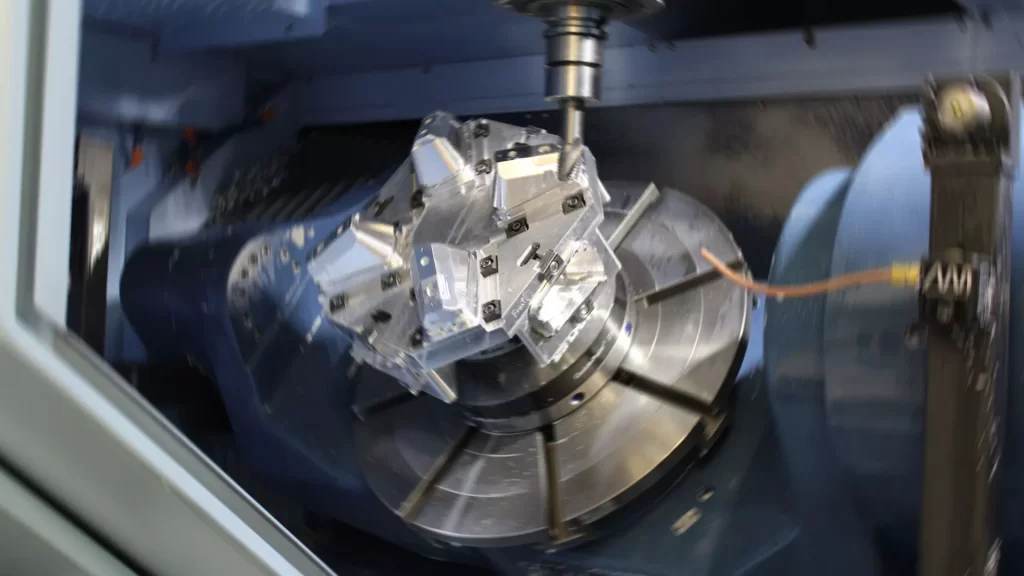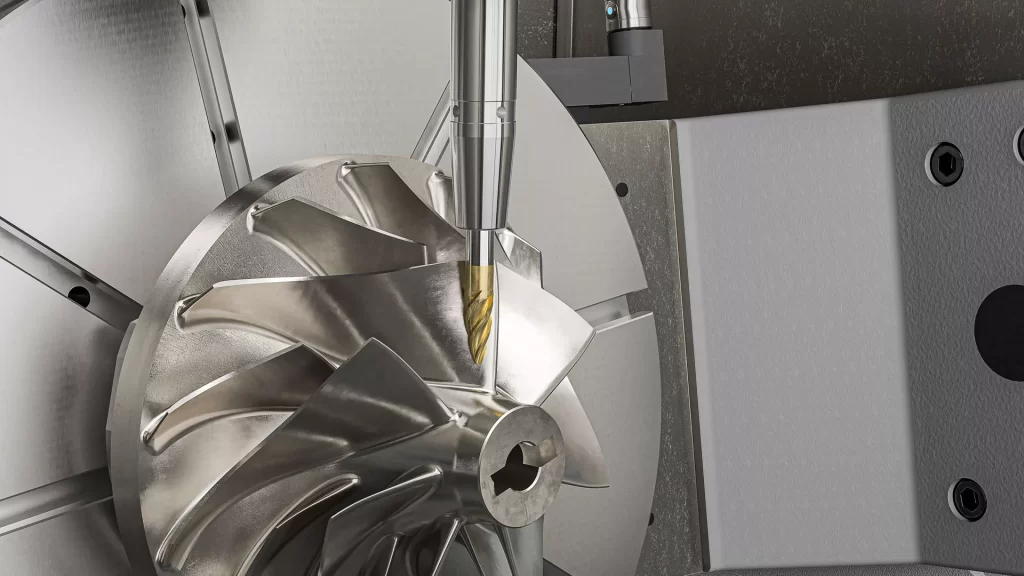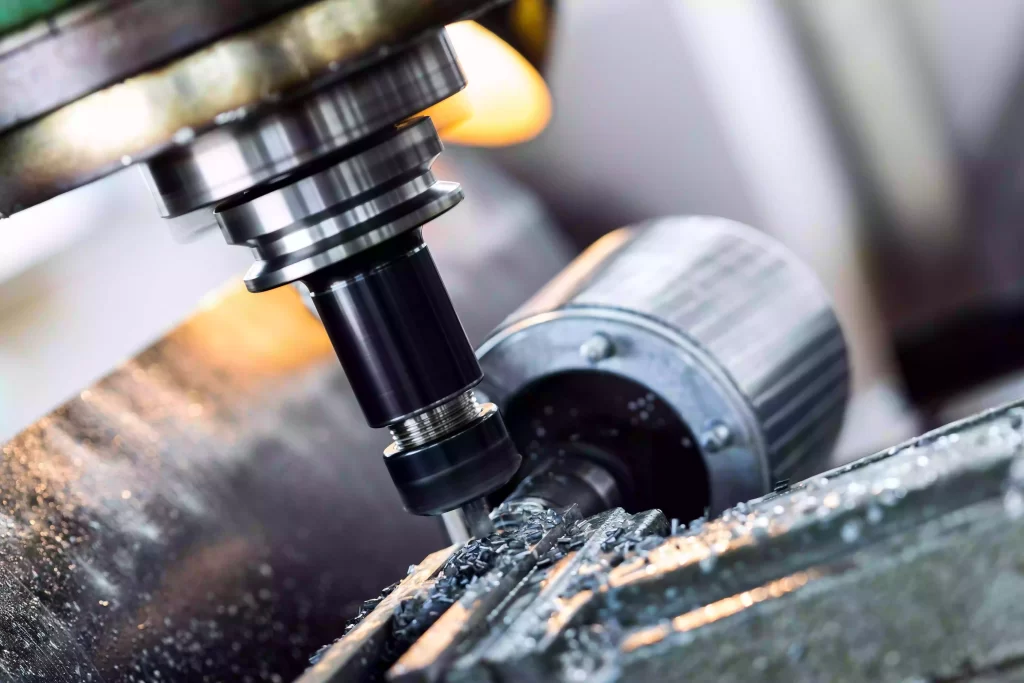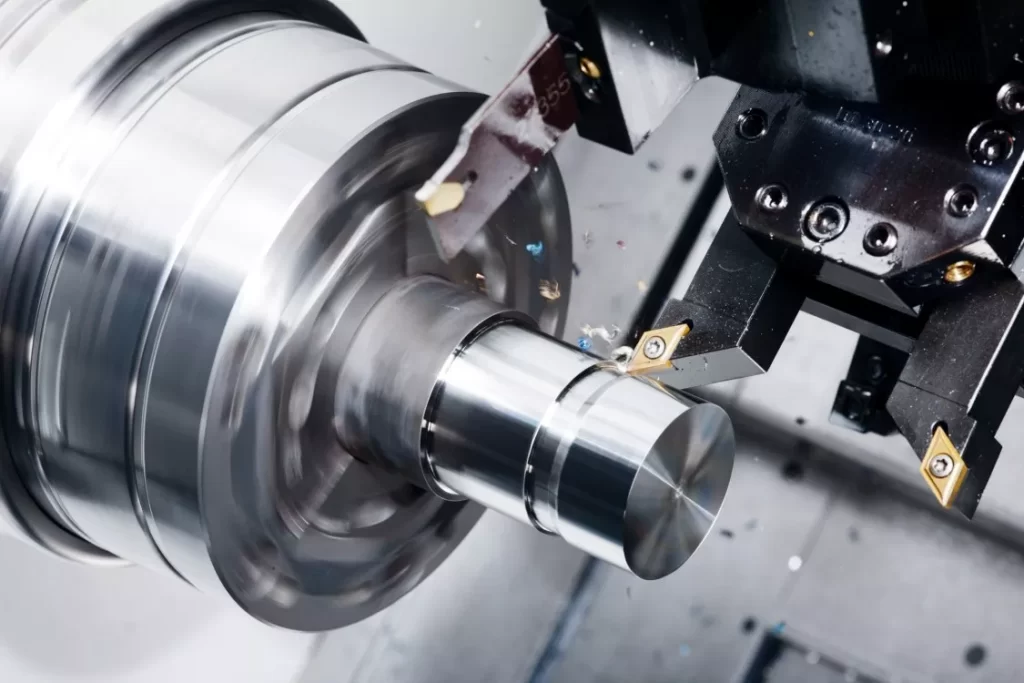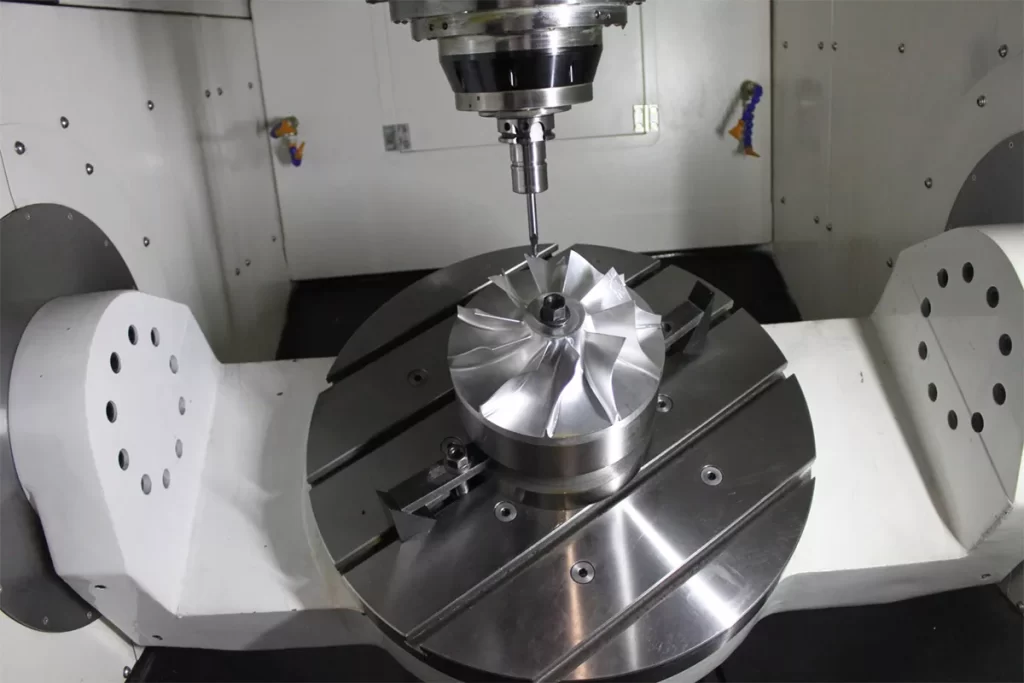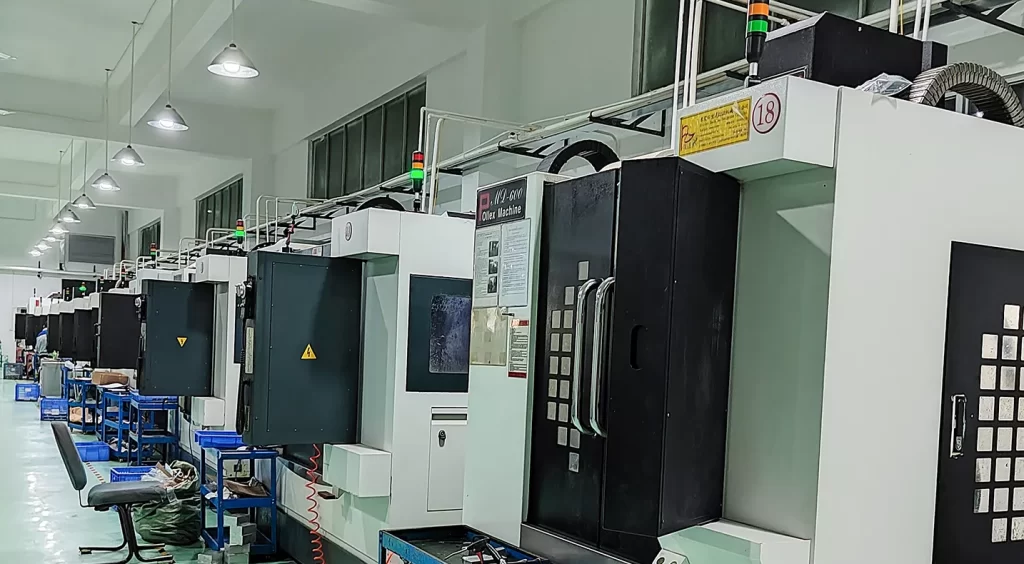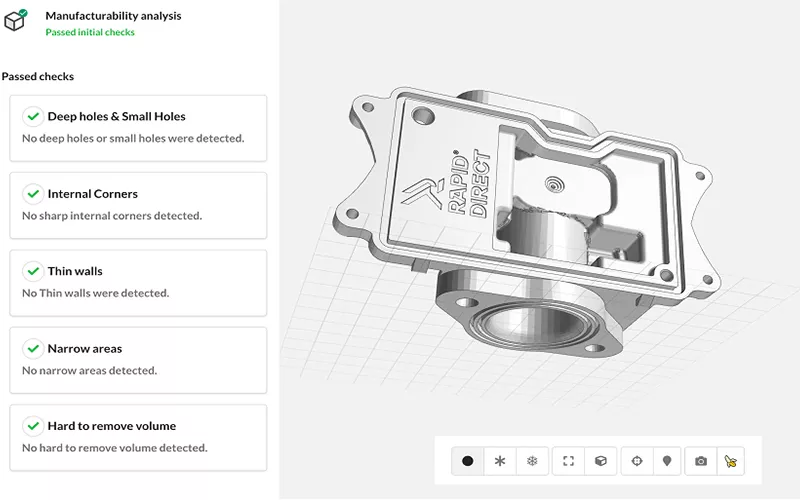One of the most interesting things about CNC machining designs is how small details can affect the overall manufacturing techniques.
An example of such details is two design concepts, fillets and chamfers.
While both terms refer to a type of corner design used in manufacturing, the one you choose will have a serious effect on your CNC parts’ aesthetics, functionality, and overall cost.
As such, it’s important to know the difference between these two design concepts, and how to handle them during machining.
In this article, we dive into the world of fillets and chamfers. Read on to find out how to handle them in your design.
What is a Fillet?
In mechanical design, a fillet refers to the rounded (interior or exterior) edge or corners of a part design. It’s mainly used instead of a sharp corner to create a smooth and curved transition where two flat surfaces meet at a right angle.
Why are fillets used?
The rounded nature of fillets makes them useful in CNC machining for various reasons. For instance:
· Stress distribution
Unlike sharp corners which concentrate stress to one area, the rounded shape of fillets allows for even stress distribution over a large area. This enhances your CNC parts’ overall strength and fatigue resistance.
· Improved machinability
By enabling the use of larger diameter cutting tools, machining fillets becomes easier and less prone to tool breakage as compared to machining sharp corners.
· Enhanced aesthetics
Fillets can also improve the aesthetic appearance of a part by creating smooth transitions between surfaces. When well-executed, fillets provide a pleasant and refined look.
· Improved coating adhesion
The smoother, more consistent surface offered by fillets allows for better coating adhesion for parts requiring a painted or coated finish. Overall, this results in a higher quality and better-looking product.
What is a Chamfer?
A chamfer refers to a beveled or angled edge created by cutting away a corner of a part design at a specific angle, usually 45 degrees. It’s usually applied on both the interior and exterior of a CNC part to ensure a straight design with sharp corners.
Why are chamfers used?
· Deburring
Chamfers are effective tools for deburring sharp edges left after the machining processes. Manufacturers bevel the edges with a chamfer to remove burrs, sharp protrusions, and other imperfections.
· Reduces risk of damage
A chamfer helps prevent damage to the edges of a CNC part during handling, transportation, or installation. By bevelling the edges, the chamfer reduces the likelihood of chipping, denting, or other forms of edge damage that can compromise the integrity of a part.
· Simpler assembly
Chamfers provide a slanted edge that allows for smoother clearance and easier mating of components during the assembly process. This is usually important when you want to accommodate fasteners like screws or pins.
· Stress reduction
Like fillers, the slightly angled edges of a Chamfer gives it a larger area of stress distribution than a sharp corner. This helps reduce the risk of cracks or fractures when the CNC part is under pressure.
Factors to consider when choosing between fillets and chamfer
As you’ve seen, while fillets and chamfers are similar in features, they differ slightly in application. You therefore can’t handle them in the same way in your CNC machining design.
Here are a few factors you should consider when choosing the best design option to use.
· Part functionality
The function of a part plays a key role in determining whether to use fillets or chamfers in the design.
If the part experiences a huge stress concentration from load-bearing components, the rounded fillets would be better for stress distribution.
But if the part needs to provide clearance for other components like fasteners and mating parts, chamfers will be more appropriate.
· Machining time
Due to their straight edges, chamfers are simpler to machine and hence, take a much shorter time than fillets. There’s also a limit to how small a fillet can be based on the end mill diameter, making smaller fillets much harder to machine.
So, if fast machining time is your priority, opt for chamfers.
· Dimensional Tolerances
The dimensional tolerance of a part refers to the acceptable margin of error that the part allows from the target dimensions while the product functions efficiently.
Typically, Chamfers allow more tolerance during CNC machining than Fillets and are cheaper to apply.
· Safety and aesthetics
Evaluate whether the soft, rounded edges of fillets or the clean, angular transitions of chamfers better align with the overall design aesthetic.
Additionally, determine whether the parts will need extra coating and painting for material strengthening and rust prevention. Usually, the smooth curvature of fillets allows for better painting and coating adhesion.
The slightly sharper edges of Chamfers means that paint might not adhere as uniformly on its surface.
How fillets and chamfers impact machining cost
The choice between fillets and chamfers also has a significant impact on your total machining budget. Here’s why:
Fillets:
Higher Cost: Due to their curved nature, fillets require more complex toolpaths and potentially multiple tools with different radii to achieve the desired shape. This translates to longer machining times and higher costs.
3D Milling: Creating a fillet often involves 3D milling, which is a more time-consuming process compared to simpler machining techniques used for chamfers.
Chamfers:
Lower Cost: Chamfers, with their straight edges, can be machined using a single tool in various sizes. This simplifies their toolpath and reduces the machining time, leading to lower production costs compared to fillets.
Faster Production: Their simpler geometry allows for faster machining, further contributing to cost savings.
When to use Fillet or Chamfer
Your choice to use either a fillet or a chamfer should ultimately be determined by your needs. But in general;
Use fillets for:
- Parts requiring a smooth finish
- Parts that need rust prevention
- Areas experiencing high stress
- Parts that require extra coating or painting adhesion
Use chamfers for:
- Parts with hidden features (and aesthetics isn’t important)
- Parts that need good assembly clearance
- Cost-sensitive projects
- Parts with simple edge transitions
Final thoughts
The secret to handling fillets and chamfers in CNC machining design is to understand their differences, and where you should use them.
However, we understand that this topic isn’t easy for everyone to understand.
So, if you’re still unsure of how to handle a fillet and chamfer, don’t hesitate to consult an expert. They’re likely to give you the best advice depending on your CNC machining requirements.
